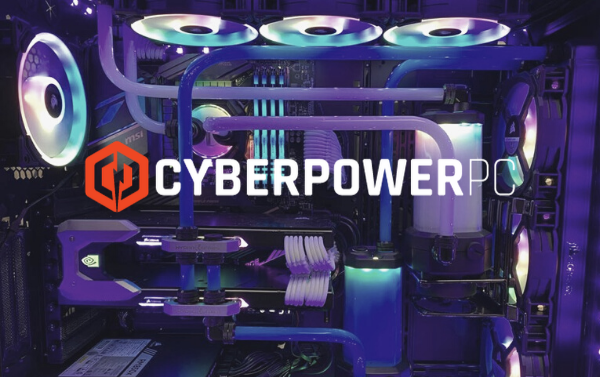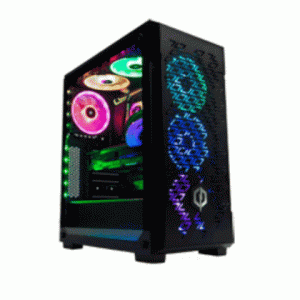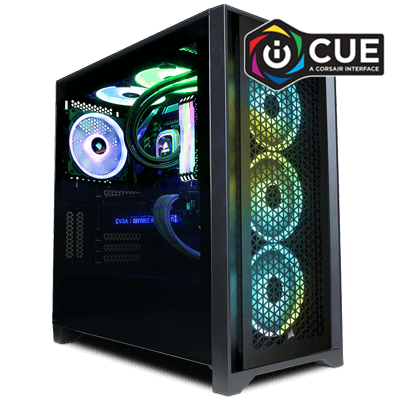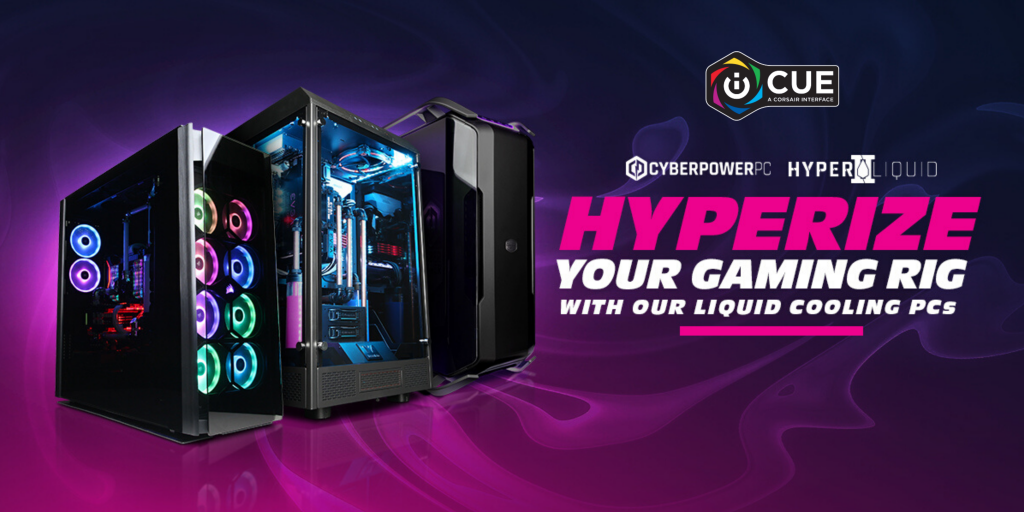
PC gamers have an enviable array of options when it comes to customising our machines. This starts with the initial assembly – we can select and arrange components according to our budget and gaming preferences. But it doesn’t stop there: we can also control and monitor the state of those components in exacting detail via software.
Temperatures can be plotted on neat little line graphs. Fan speeds can be adjusted automatically. The colours of RGB LEDs can be dynamically tweaked to create a range of eye-catching (and even practical) effects. While all these things are possible, the process through which we make this stuff happen isn’t always intuitive. There are simple, tried-and-true programs like SpeedFan and CoreTemp.
Lightweight and reliable, these give you the basic information you need to keep an eye on things, but they aren’t quite as powerful as some of the modern alternatives. This is why certain manufacturers have put together miniature ecosystems of products, all designed to work nicely together and be controlled from a single piece of software. One such manufacturer is Corsair and its iCUE system. But what is iCUE, and why is it worth it?
[su_spacer size=”10″]

Conquer the gaming world with the right equipment.
We’ve utilised our years of gaming experience to create bespoke systems for the biggest games on the market.
What is iCUE?
iCUE is a handy piece of software for tuning your machine and controlling all your compatible RGB products. It’s actually an amalgamation of two previous systems – Cue and Link, which dealt with lights and peripherals respectively. It has the advantage of being incredibly intuitive and easy to use. What’s more, its utility goes way beyond lighting control, and into the stuff that you’d typically do with the resource monitor.
How to use RGB effectively
RGB lighting has a reputation for being unnecessarily showy. We’re here to play games, after all, not to create a cheesy disco in the space beneath our desks. But there are a few reasons to take RGB lighting seriously. First, RGB lights do look cool – there’s no getting around it. They’re especially cool if you install strip lights around the room, and not just inside the case.
Second, RGB lights can be used to diagnose problems. Once upon a time, you might have tweaked a few parameters in the BIOS, and been plagued with a nagging suspicion that nothing was actually changing. With RGB lights, you’ll know immediately that the tweaks you’re making via software are actually translating to changes in the hardware.
Third, RGB lights can be consequential in a gaming environment. For example, you might program your RGB keyboard so that certain hot keys show up as one colour and others show up as another. You won’t need to remember which key reloads and which key queues up another medium tank, and you’ll be able to locate the movement keys, even in the dark.
When you haven’t yet acquired muscle memory for a particular game, this can make all the difference, and it’ll save you from having to consult the controls every five minutes. With iCUE, this is a simple matter of opening a blank keyboard template, clicking on the onscreen keys, and assigning colours – start with the WASD keys and work your way outward.[su_spacer size=”10″]
[su_row][su_column size=”1/4″ center=”no” class=””] [/su_column] [su_column size=”3/4″ center=”no” class=””]
[/su_column] [su_column size=”3/4″ center=”no” class=””]
Have control over every game with the iCUE Infinity Elite Gaming PC
Part of our Hyper Liquid Cooling PC range, this system is powered by Intel 12th Gen and supercharged with Geforce RTX Ray Tracing Technology
[/su_column][/su_row]
[su_spacer size=”10″]
How to set up iCUE profiles
Once you’ve got the software installed, you’ll be confronted with a dashboard. Once connected, your compatible devices will be listed. Start tweaking by simply selecting one of them. Profiles are listed on the left-hand side of the window; you can add new ones by simply clicking the ‘+’ icon.
Opening the dashboard should be your next step. This is something you’ll be able to do even if you don’t have any compatible devices. Press the ‘+’ icon next to the dashboard option. You’ll be able to add compatible devices to a single easy-to-follow screen. These will include vital system resources like CPUs, GPUs, RAM and the motherboard.
Add them all, and you’ll get a raft of renamable graphs and icons, through which you’ll be able to get a quick overview of your system’s performance. It’s not quite as detailed as the Windows Resource Monitor, but it is a great deal easier to read – and it’s even more convenient when you’re using the iCUE Space, which is largely the same thing in a smaller window that opens from the side of the screen.
If you’d like to monitor temperatures over time and record the log, you can do so via the Sensor Logging tab in the settings. Select the sensors you’d like to log, select a location, and you’ll get a document file with records made at fixed intervals. This might be handy if you’re looking to optimise and want to be forensic about it.
iCUE profiles for the dedicated gamer
Once you’ve set up your RGB devices the way you’d like, you can save the changes in a profile, which can be returned to later. That way, you can come up with different custom settings for each game you play, without having to create them from scratch. The good news here is that there are already hundreds of Corsair gaming profiles out there, built to match various types of games.
Among the most prolific profile-generator is Corsair-sponsored Alex Krastev, whose work includes hundreds of profiles, each of which can be downloaded for free.
While you might come with a thematically-consistent RGB profile for any game, certain titles enjoy extra benefits. Corsair has, for example, collaborated with Ubisoft in creating a special Far Cry 5 profile that flashes red when you take damage and glows orange when you’re on fire. If you’re playing in a dark room where the PC is the only light source, the results are seriously impressive!
Macros
If you’re taking certain games seriously, you’ll want to take a look at macros. Macros allow you to press a combination of keys in succession with just a single button press. So, if you find that you’re always pressing the button to zoom in on your base, select a particular building and queue up the same few construction orders, you might have all that assigned to a single mouse button. RTSs and RPGs tend to get the most significant benefit from this sort of thing, but you might find it useful in a productive environment, too. Have you ever wanted to be able to open a new Word document with a single button press? Well, now you can.
Where do I find iCUE devices?
To get the best from the iCUE software, you’ll need a few compatible devices. You’ll find Corsair peripherals, cases and addressable fans among the options whenever you use our PC builder. Note that the SP120 and LL120 case fans are both compatible with iCUE.
